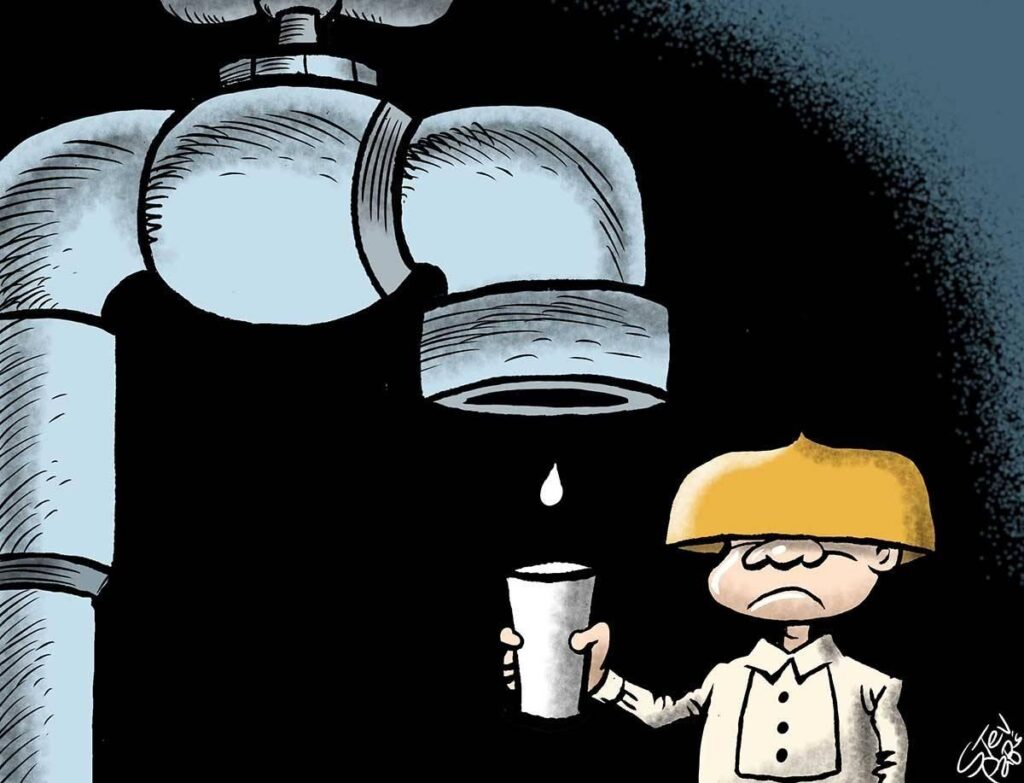Understanding Water Insecurity and Its Implications on Filipino Communities
As a former resident of a village lacking a sustainable water distribution system, the arduous task of fetching potable water was a daily reality. The reliance on contaminated water sources often led to widespread gastrointestinal illnesses, highlighting the urgent need for improved water accessibility and quality.
The privatization of water concessions and the establishment of local water utilities have somewhat alleviated the water scarcity issue in certain regions, offering a glimmer of hope for rural Filipinos facing long treks to secure basic water needs. However, recent environmental challenges, such as the severe 2023 El Niño phenomenon, have exacerbated water shortages, particularly in areas like Isabela, Mindoro, Quezon City, and Cebu.
The looming water crisis, as projected by the National Economic and Development Authority (NEDA), paints a grim picture of potential water scarcity surpassing demand by 2040. This alarming forecast underscores the critical importance of sustainable water management practices and infrastructure upgrades to avert a nationwide catastrophe.
The Vulnerable State of Water Security in the Philippines
With numerous government bodies overseeing water management, including the Metropolitan Waterworks and Sewerage System (MWSS), the National Irrigation Administration (NIA), and the Department of Environment and Natural Resources (DENR), the fragmented approach to water governance poses significant challenges in achieving comprehensive solutions.
Rural communities, particularly farmers in regions like Nueva Ecija and the lower Cotabato Basin, bear the brunt of water insecurity, grappling with erratic supply and inadequate infrastructure. Moreover, the prevalence of illegal water connections, weak watershed conservation efforts, and depleting aquifers further compound the nation’s precarious water situation.
Paving the Way for Sustainable Water Management
As urbanization accelerates and climate change intensifies, the integration of water security measures into land-use planning and disaster preparedness becomes imperative. Cities like Davao and Iloilo exemplify the proactive approach taken by local authorities in prioritizing water resilience and long-term sustainability.
It is evident that a cohesive national water strategy is urgently needed to address the multifaceted challenges posed by water insecurity. By investing in innovative solutions, fostering stakeholder collaboration, and prioritizing long-term resilience over short-sighted fixes, the Philippines can navigate towards a more secure water future for all its citizens.


